Our ancestors knew how to speak to the trees and the wind that blew through the grass under their feet. In our modern world, this concept may be called silly or pure lunacy... but is it possible that there is more to this beautiful existence than we know? Can we thank our grasses for their service? Can we thank the trees for their service? Can we thank the vegetables and fruits for their service? Can we thank water for its service? Each time I hike, I thank the flowers and fungi for their service. I thank the animals I see. I thank my body for its service. Thank you is a powerful sentence which has served me well throughout my life. My husband and I have raised our children with the motto, "Please and thank you go a long, long way."
The Quechua people are indigenous people from Peru, Bolivia, Chile, Ecuador, and Colombia. Their connection to the land is always present, front and center. Most of the Quechua people make their living from farming. Other forms of income are from creating textiles from the bounty the earth provides.Here is a Quechua inspired prayer from the High Andes Mountains of Peru. May it serve you well today and fill up your cup of appreciation for nature.
Great Creator, Grant me the light of wisdom.
Mother Earth, bountiful source,
Help me draw strength from the ground beneath my feet.
Father Sun, radiant child,
Fill me with the warmth and energy to face my trials.
Mountain Spirits, who walk the wind,
Guide me on the path of resilience and determination.
May the sacred waters cleanse my soul,
And may the fires of transformation forge my spirit.
In unity with all living beings,
I embrace the power within me,
To overcome obstacles and grow ever stronger.
Jallalla!
Blessings,
KJ Landis
-Author and Creator of the Superior Self Series
-CPT, CFI, Life and Wellness Coach
-Nutrition Educator
www.superiorselfwithkjlandis.com
-SuperiorSelf on YouTube
-superiorself on Instagram, Twitter
-KJ Landis on LinkedIn
-Superior Self with KJ Landis on Facebook
-superiorselfwithkjlandis on TikTok
Books available wherever books are sold.
Whatever gets us eating healthier will help us in all facets of our lives because what we eat becomes us.







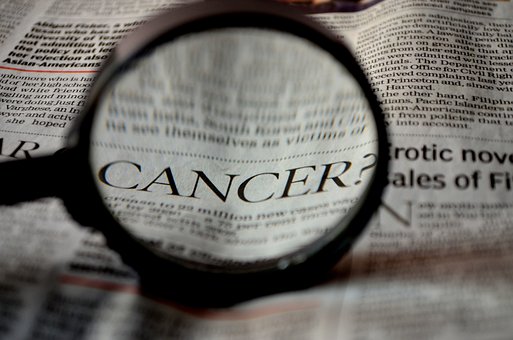
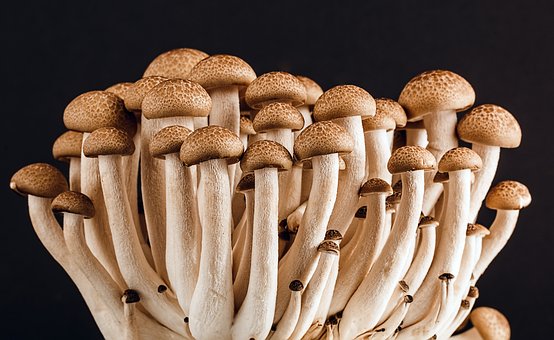

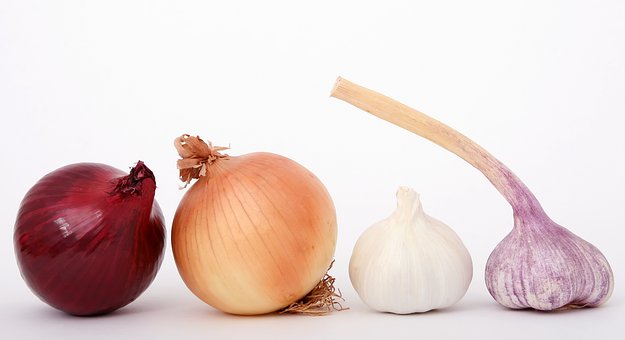
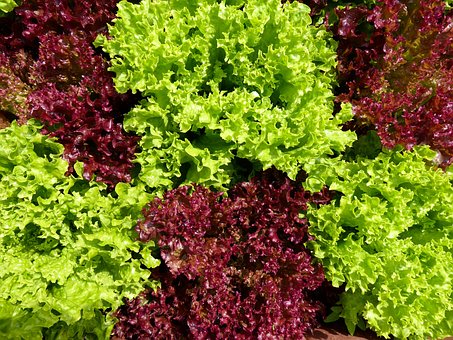
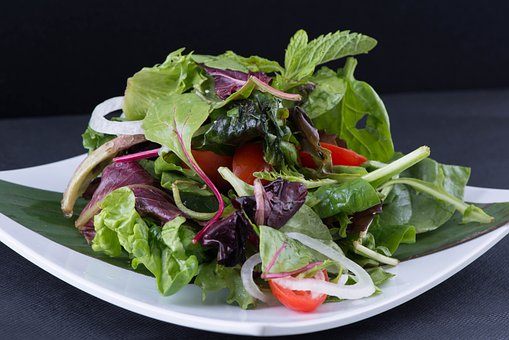
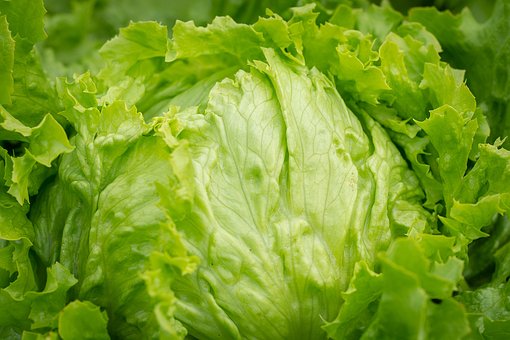
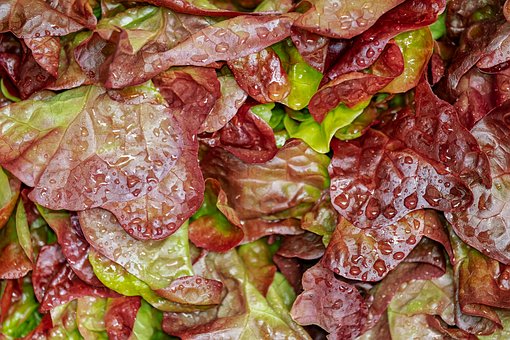
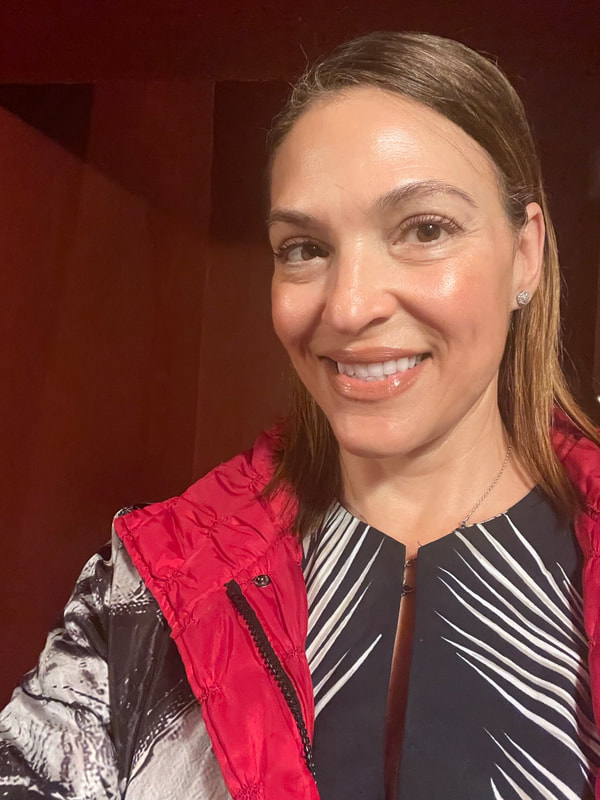




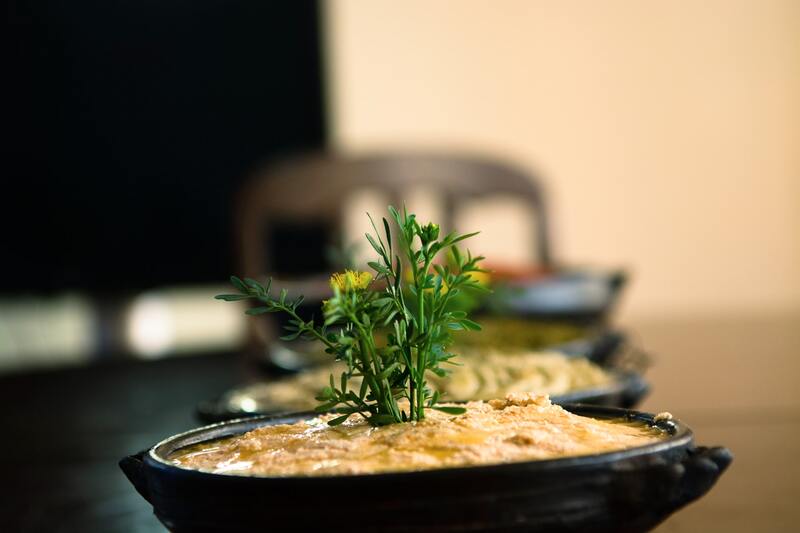
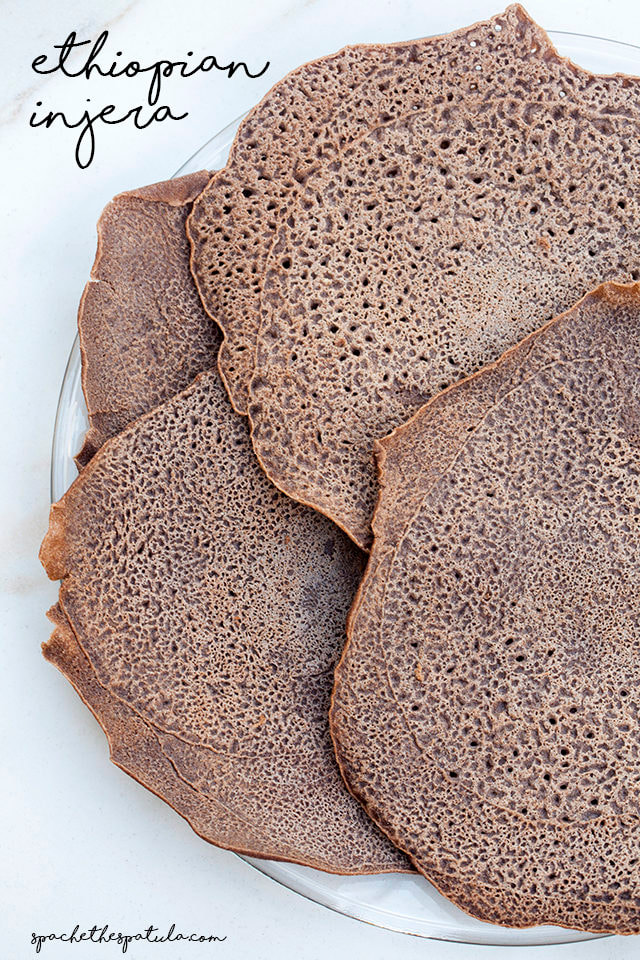
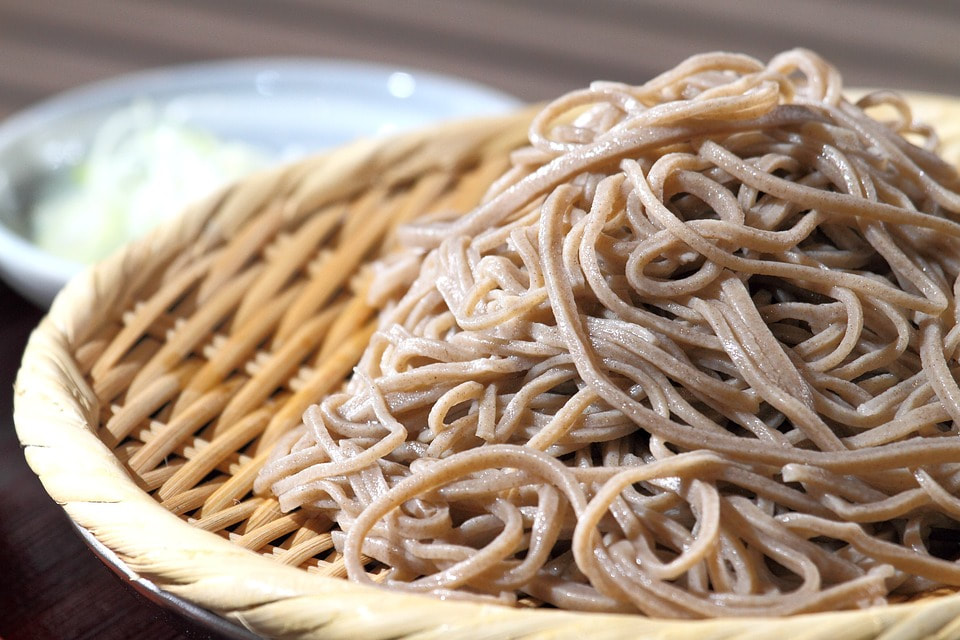
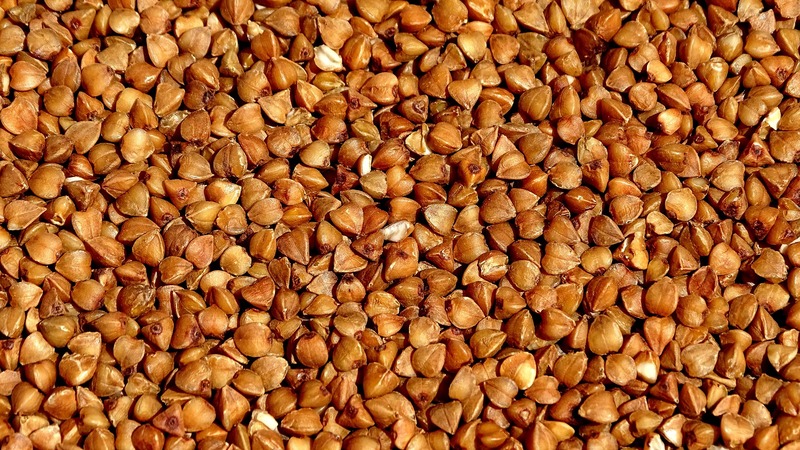
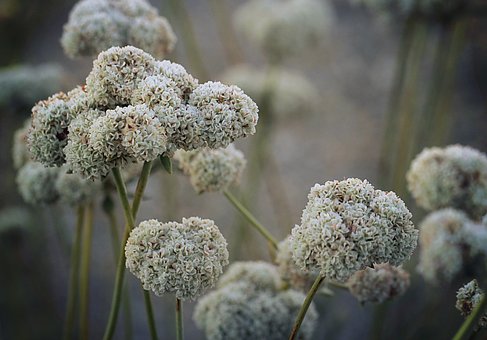
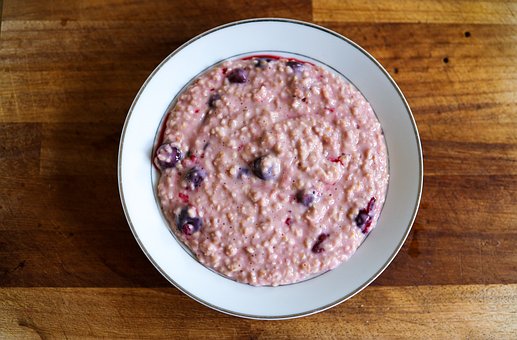
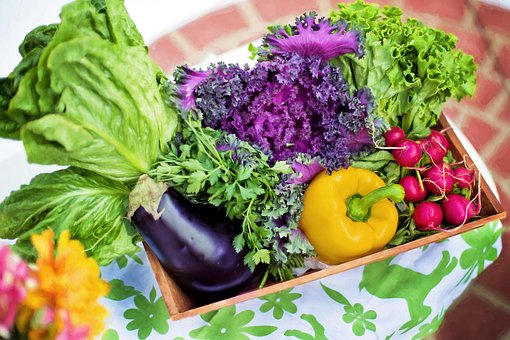

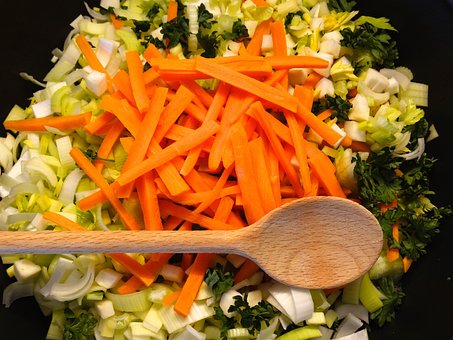
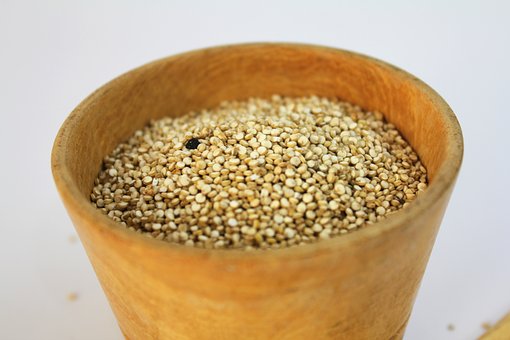

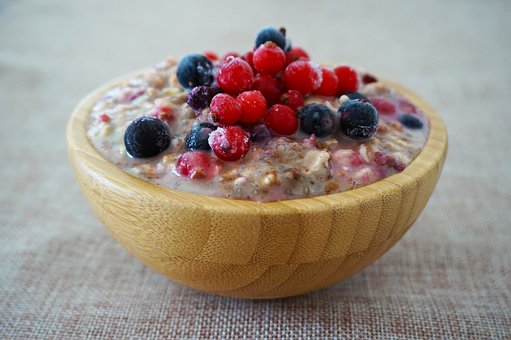

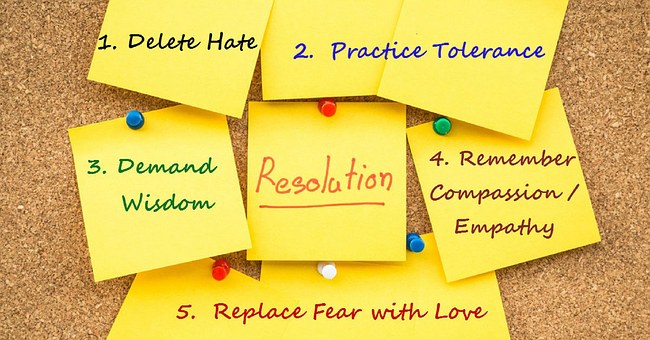

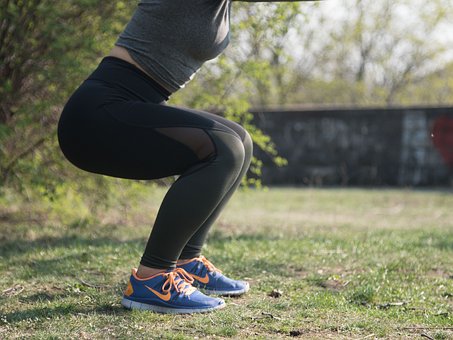
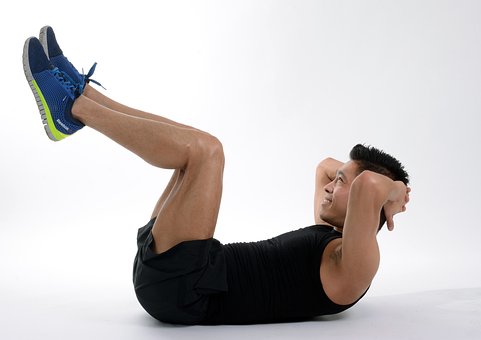


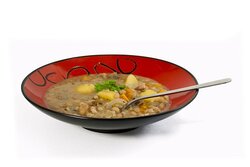


 RSS Feed
RSS Feed